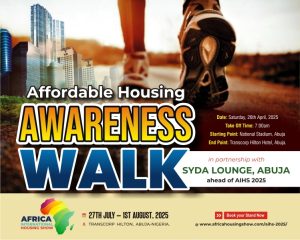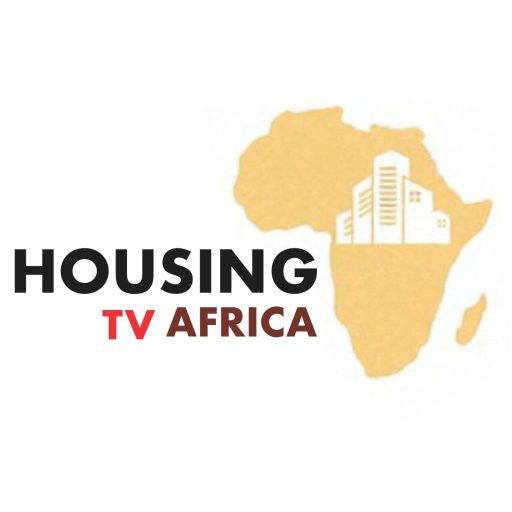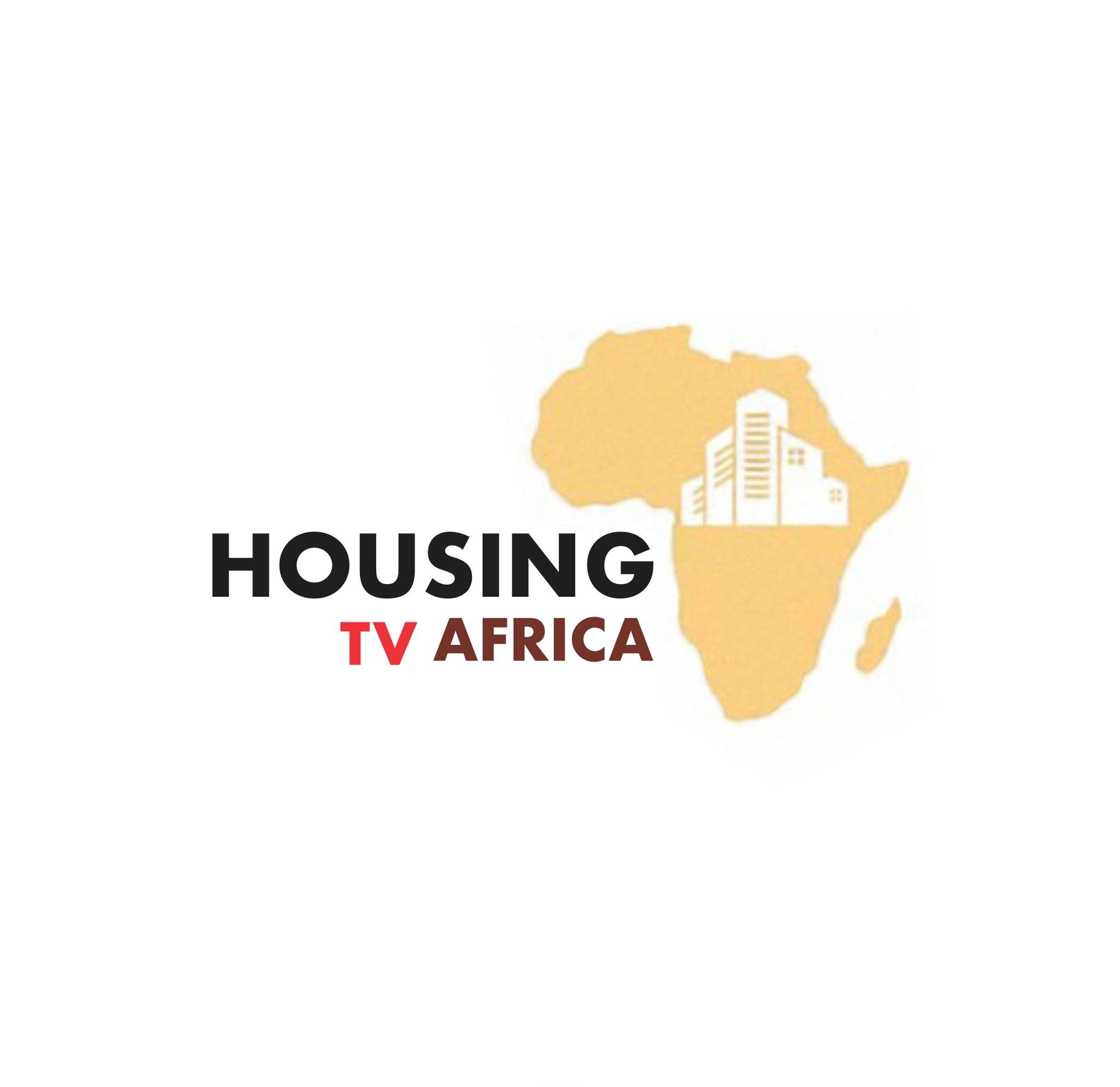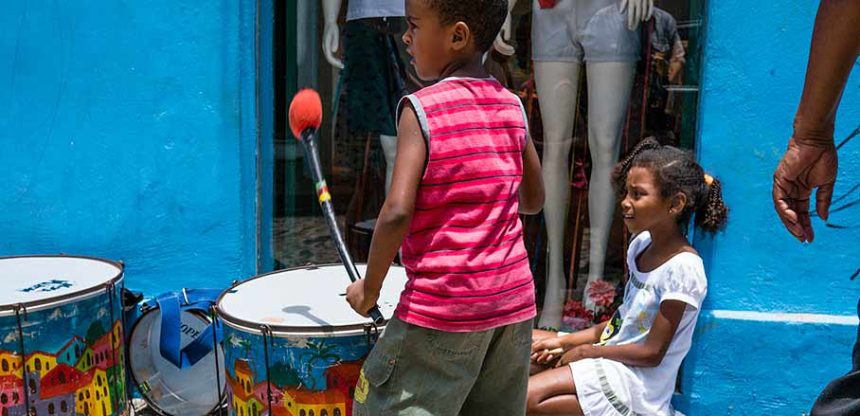Brazil’s Minha Casa, Minha Vida (MCMV – “My House, My Life”) stands out as more than just a massive public housing initiative — it’s a model for sustainable urban development. Launched in 2009 to address the country’s housing crisis, the programme has housed over 9.6 million low- to middle-income families and constructed more than 2.2 million units. But beyond providing shelter, MCMV incorporates features that promote environmental stewardship and enhance residents’ quality of life.
Here are six key sustainability and social features that make MCMV good for both people and the planet:
1. Solar Water Heating to Cut Energy Costs
Over 224,000 families across Brazil benefit from solar-powered water heating systems installed in their homes. These systems reduce electricity consumption by up to 30%, lowering utility bills and environmental impact. Residents also receive education on water conservation, promoting further sustainability at home.
2. Solar Power That Gives Back
In Juazeiro, Bahia, thousands of solar panels power entire communities and generate income by feeding surplus energy into the grid. Between 2014 and 2015, nearly $500,000 was earned from excess energy sales — with 60% returned to residents, 30% reinvested into the programme, and 10% used for maintenance. The income funded projects like community centers, public transit stops, and healthcare services.

3. Biodigesters for Clean Energy and Fertilizer
Rural MCMV homes now include biodigesters that convert organic waste into biogas and natural fertilizers. Used by hundreds of families across six states, this technology helps farmers generate cooking fuel and power while reducing waste and enhancing soil fertility.
4. Sustainable Community Development
The programme integrates the Integrated and Sustainable Development of the Territory (DIST) initiative to enrich community life. From youth-focused cultural projects like “Warriors Without Weapons” in Santos to skills training and environmental education, DIST fosters vibrant, resilient communities.
5. Eco-Friendly Wooden Construction
Inspired by German timber building techniques, some MCMV homes are built with wooden frames — cutting labor demands by 75% and reducing environmental harm through the use of renewable materials.
6. Blue House Seal for Green Standards
CAIXA, Brazil’s state-owned bank, introduced the “Blue House Seal” in 2010 — a certification system for sustainable housing. With 53 criteria spanning energy efficiency, urban quality, water management, and social responsibility, the seal ensures that MCMV projects uphold strong environmental and social standards.



